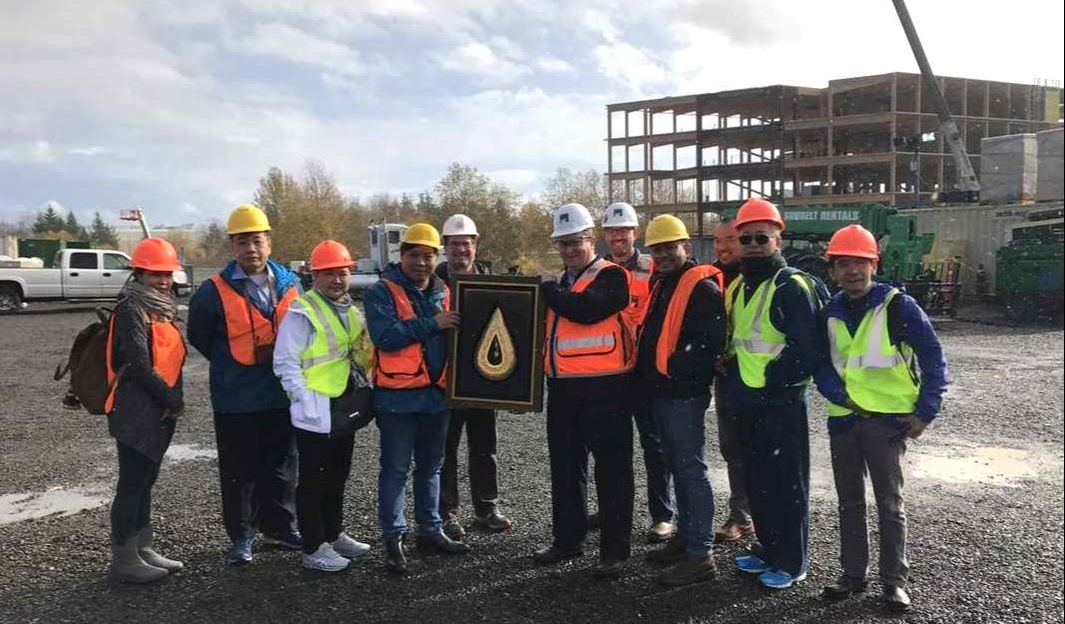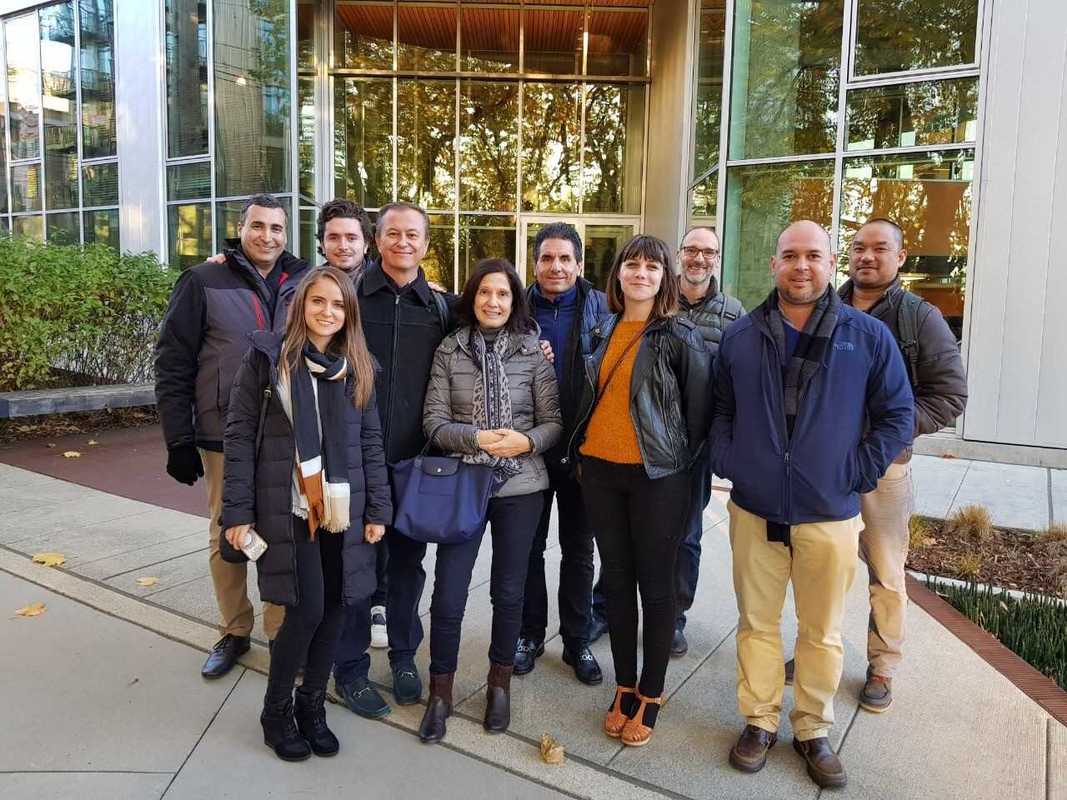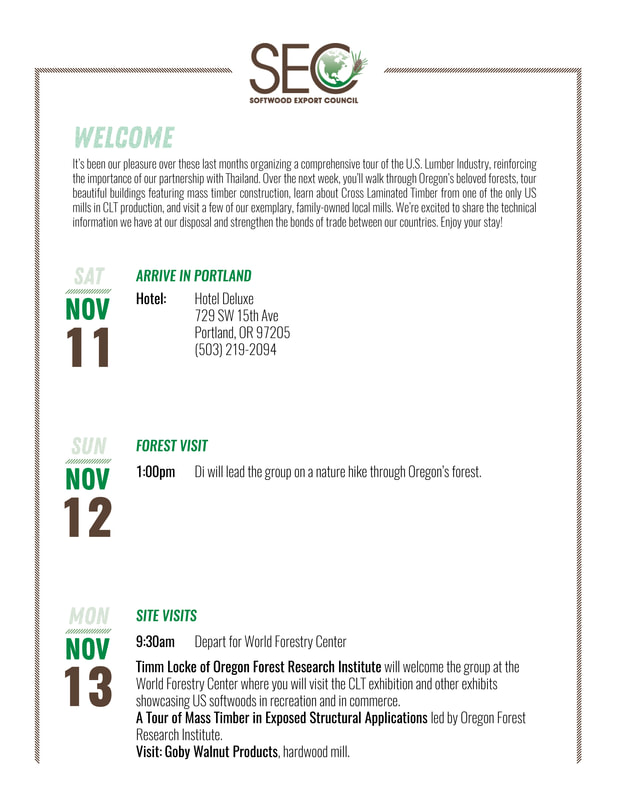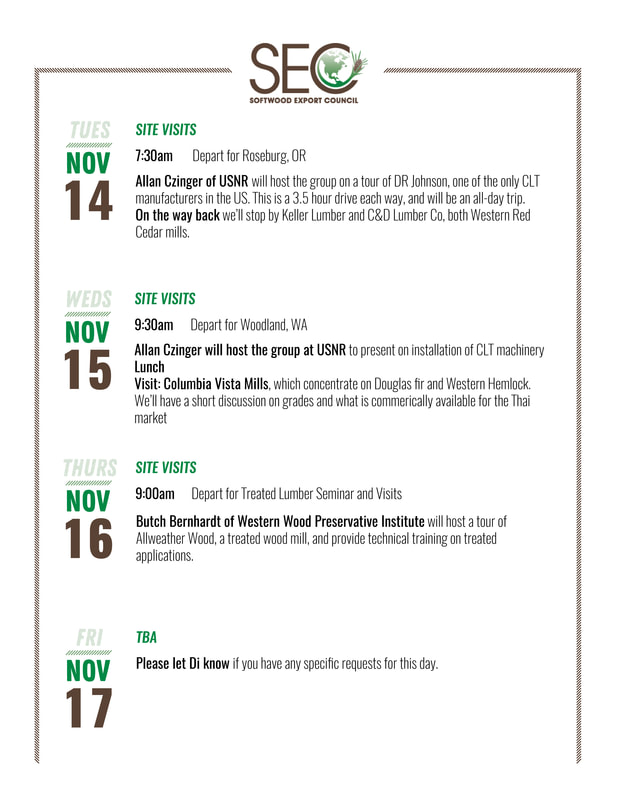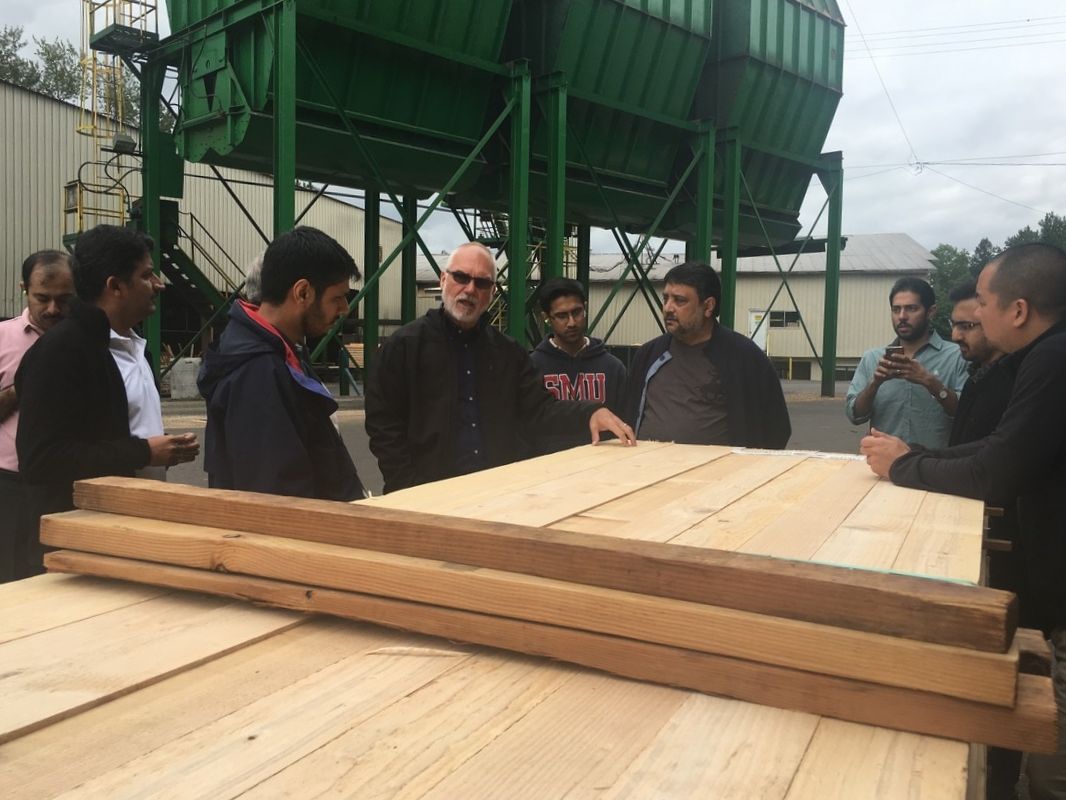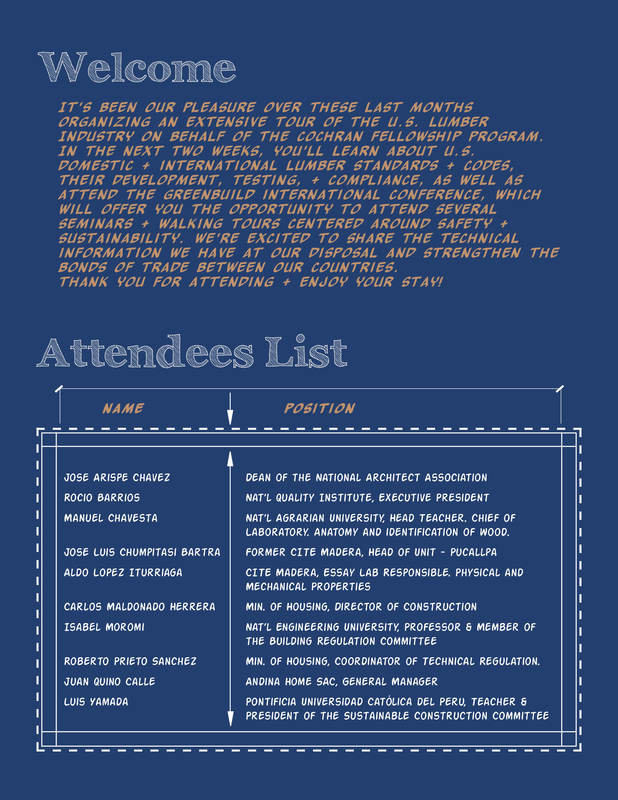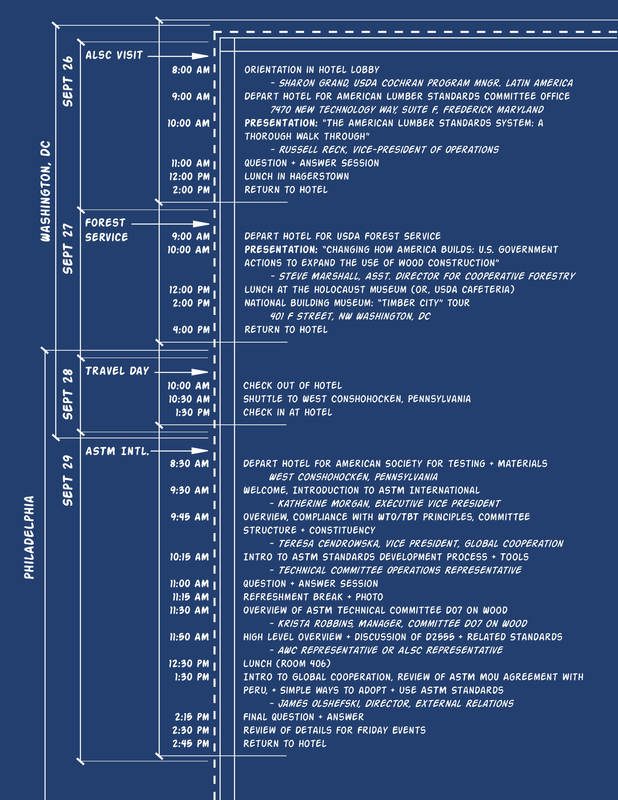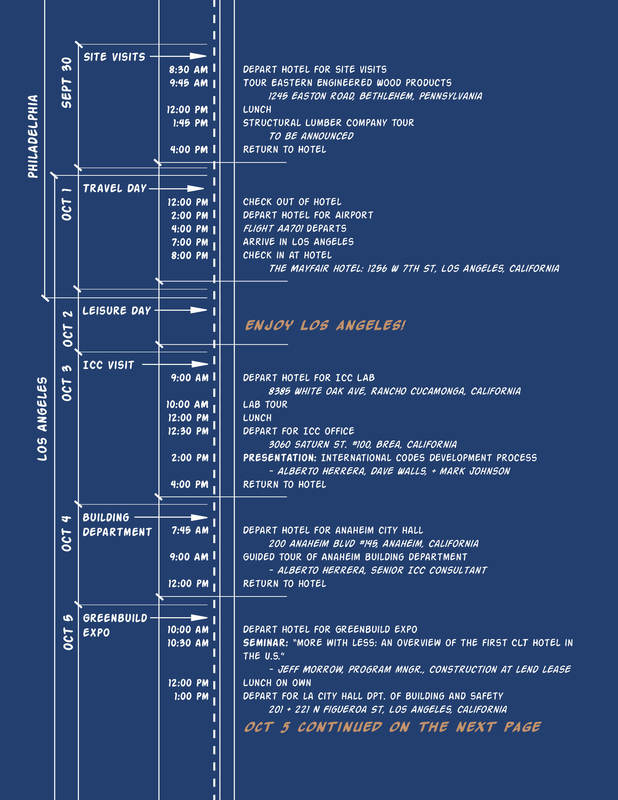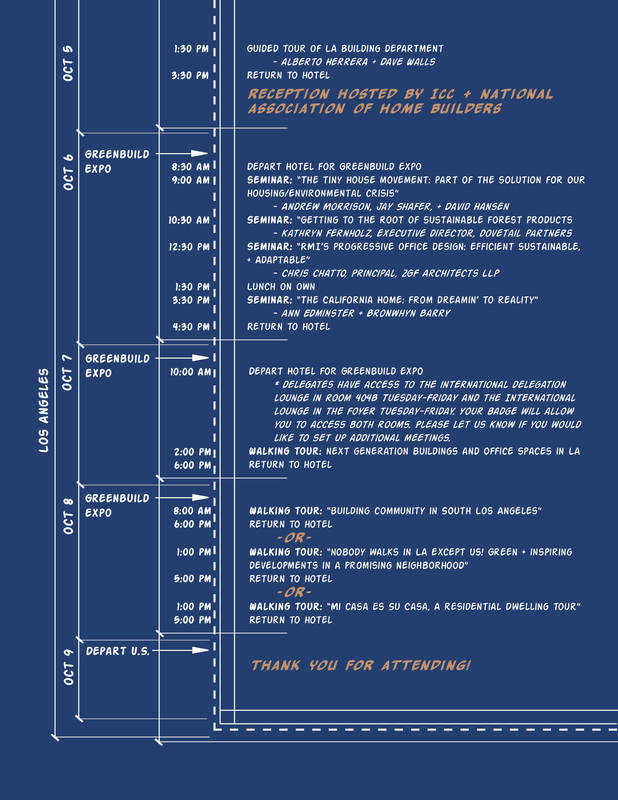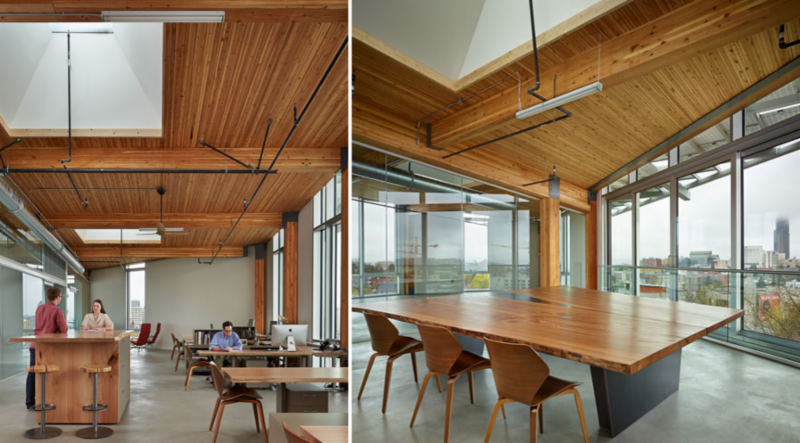By Rose Braden
This article appeared in Softwood Buyer and the Wood Products Import/Export News
Countries that are open to international trade grow faster, are more productive, and provide higher income and greater opportunities for their citizens. Being part of the global economy through two-way trade has been proven to drive economic growth and reduce poverty – locally and globally. Likewise, companies who export know that having international and domestic customers can help them survive market downturns. In the U.S., these downturns are not uncommon, particularly in the building products industry. Over the past several decades the U.S. has experienced a recession nearly every eight years while housing starts have plunged every six and a half years.
When the 2007 global recession hit, bringing with it a collapse in the U.S. housing market, U.S. forest products exports reached $5.2 billion - $698 million of which was softwood lumber. U.S. softwood lumber exports continued to increase in subsequent years while domestic lumber consumption declined 33%.
While exports account for a small share of U.S. lumber production, for the hundreds of small, often family-owned lumber mills and wholesalers across the country, exports meant they could continue to operate in the black, retain employees, and outlast the downturn.
Exports are also important for large corporate lumber producers. As corporate forest products companies expand to the U.S. South to capitalize on Southern Yellow Pine resources, these companies must look beyond the U.S. to maintain their massive new mills. This means creating new international markets – both geographically, and in terms of developing new innovative ways to expand consumption. For example, the U.S. industry is teaching builders overseas how to incorporate less frequently used U.S. species in certain framing applications to improve performance and lower costs. The U.S. industry is also training builders in areas prone to high winds how to build safe and durable wood structures in lieu of concrete and steel.
Skyrocketing structural lumber prices have made it much more challenging to compete in the export market, however opportunities do exist. Specifically, in higher grade clears, which have not seen price increases to the degree that structural grades have. From North Africa to the U.K., demand is buoyant for clear Douglas fir and cedar, thanks to demand from high-end builders and an increase in detached home offices.
Exports to Canada, while down slightly this year, reached $127 million and continue to be stable as Canada’s housing market has defied COVID. Canada is a great market for U.S. suppliers as shipping is relatively inexpensive and Canadian buyers are accustomed to standard U.S. lumber dimensions and grades. However, analysts predict a possible bubble as immigration – the top driver of growth, has stalled and the short-term rental market has vanished.
U.S. softwood lumber exports to Mexico declined 18% this year, yet the U.S. remains Mexico’s leading softwood lumber supplier accounting for 38% of its total imports. Mexico buys massive volumes of low-grade lumber, which is in tight supply this year. However, Mexico is well positioned to consume large volumes of U.S. lumber when prices return to normal levels. Tariffs on goods from China have contributed to more nearshoring to Mexico and U.S. demand has boosted imports of goods and agriculture products. In August, U.S. imports of goods from Mexico returned to March 2020 levels after a precipitous drop in April and May. U.S. phytosanitary requirements, which require that all incoming pallets be heat treated, helps support demand for U.S. species, particularly by pallet producers and customers in northern Mexico, who report that they value the quality of U.S. softwood lumber.
The 2020 housing market has been incredibly strong and, thanks to low mortgage rates, an increase in repair and remodeling work, and housing shortages, lumber demand is projected to remain strong through the coming year. However, if COVID tells us anything it is that interrupting events can come out of nowhere. Companies who are well diversified are best equipped to survive market uncertainties.
This article appeared in Softwood Buyer and the Wood Products Import/Export News
Countries that are open to international trade grow faster, are more productive, and provide higher income and greater opportunities for their citizens. Being part of the global economy through two-way trade has been proven to drive economic growth and reduce poverty – locally and globally. Likewise, companies who export know that having international and domestic customers can help them survive market downturns. In the U.S., these downturns are not uncommon, particularly in the building products industry. Over the past several decades the U.S. has experienced a recession nearly every eight years while housing starts have plunged every six and a half years.
When the 2007 global recession hit, bringing with it a collapse in the U.S. housing market, U.S. forest products exports reached $5.2 billion - $698 million of which was softwood lumber. U.S. softwood lumber exports continued to increase in subsequent years while domestic lumber consumption declined 33%.
While exports account for a small share of U.S. lumber production, for the hundreds of small, often family-owned lumber mills and wholesalers across the country, exports meant they could continue to operate in the black, retain employees, and outlast the downturn.
Exports are also important for large corporate lumber producers. As corporate forest products companies expand to the U.S. South to capitalize on Southern Yellow Pine resources, these companies must look beyond the U.S. to maintain their massive new mills. This means creating new international markets – both geographically, and in terms of developing new innovative ways to expand consumption. For example, the U.S. industry is teaching builders overseas how to incorporate less frequently used U.S. species in certain framing applications to improve performance and lower costs. The U.S. industry is also training builders in areas prone to high winds how to build safe and durable wood structures in lieu of concrete and steel.
Skyrocketing structural lumber prices have made it much more challenging to compete in the export market, however opportunities do exist. Specifically, in higher grade clears, which have not seen price increases to the degree that structural grades have. From North Africa to the U.K., demand is buoyant for clear Douglas fir and cedar, thanks to demand from high-end builders and an increase in detached home offices.
Exports to Canada, while down slightly this year, reached $127 million and continue to be stable as Canada’s housing market has defied COVID. Canada is a great market for U.S. suppliers as shipping is relatively inexpensive and Canadian buyers are accustomed to standard U.S. lumber dimensions and grades. However, analysts predict a possible bubble as immigration – the top driver of growth, has stalled and the short-term rental market has vanished.
U.S. softwood lumber exports to Mexico declined 18% this year, yet the U.S. remains Mexico’s leading softwood lumber supplier accounting for 38% of its total imports. Mexico buys massive volumes of low-grade lumber, which is in tight supply this year. However, Mexico is well positioned to consume large volumes of U.S. lumber when prices return to normal levels. Tariffs on goods from China have contributed to more nearshoring to Mexico and U.S. demand has boosted imports of goods and agriculture products. In August, U.S. imports of goods from Mexico returned to March 2020 levels after a precipitous drop in April and May. U.S. phytosanitary requirements, which require that all incoming pallets be heat treated, helps support demand for U.S. species, particularly by pallet producers and customers in northern Mexico, who report that they value the quality of U.S. softwood lumber.
The 2020 housing market has been incredibly strong and, thanks to low mortgage rates, an increase in repair and remodeling work, and housing shortages, lumber demand is projected to remain strong through the coming year. However, if COVID tells us anything it is that interrupting events can come out of nowhere. Companies who are well diversified are best equipped to survive market uncertainties.

